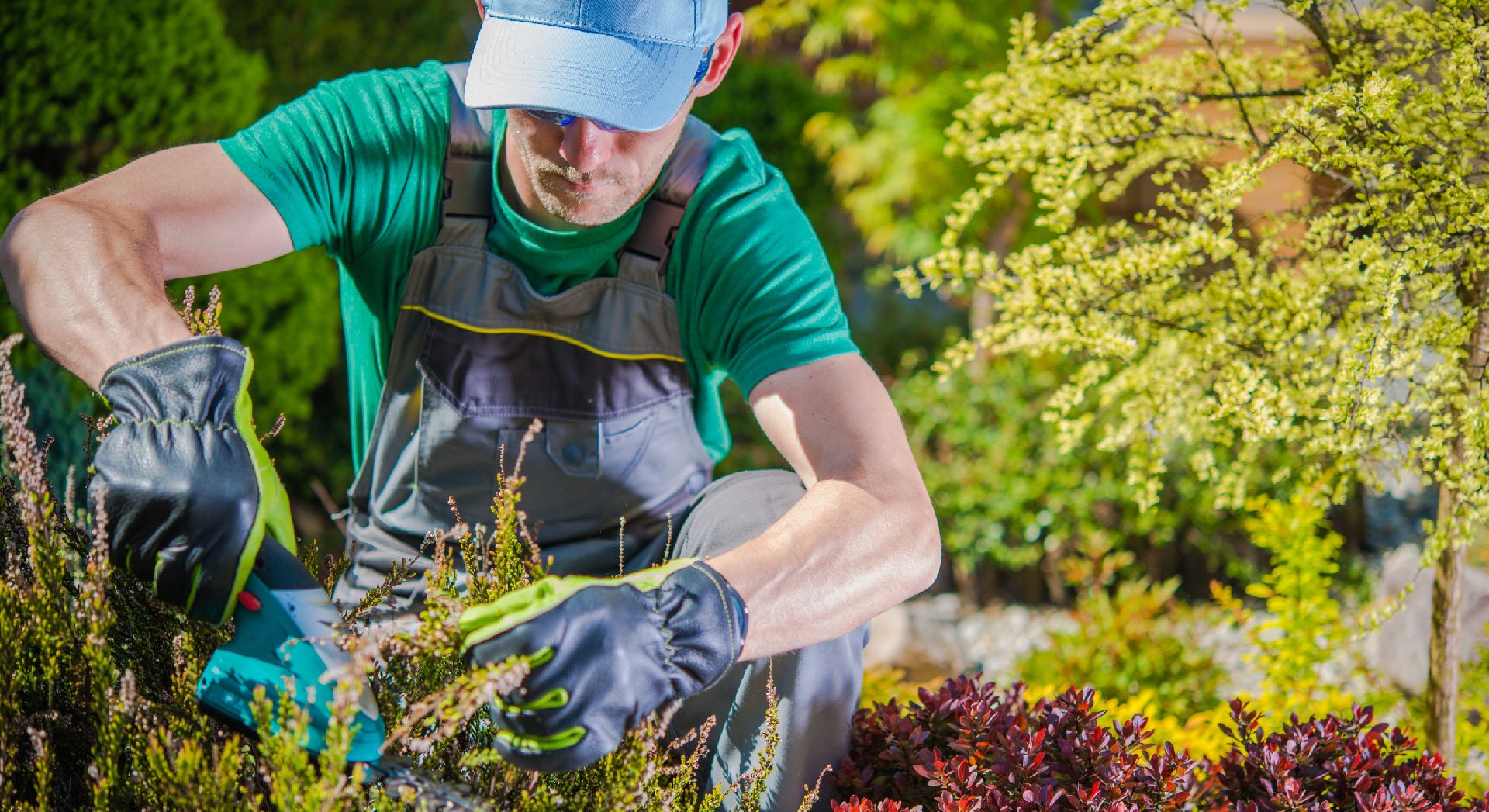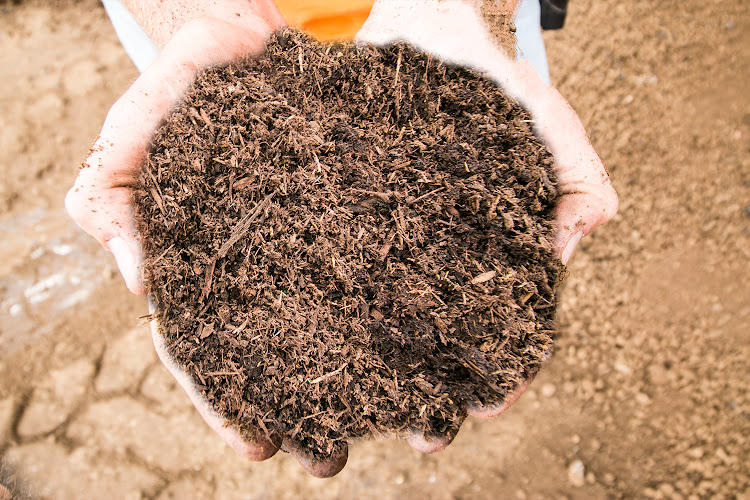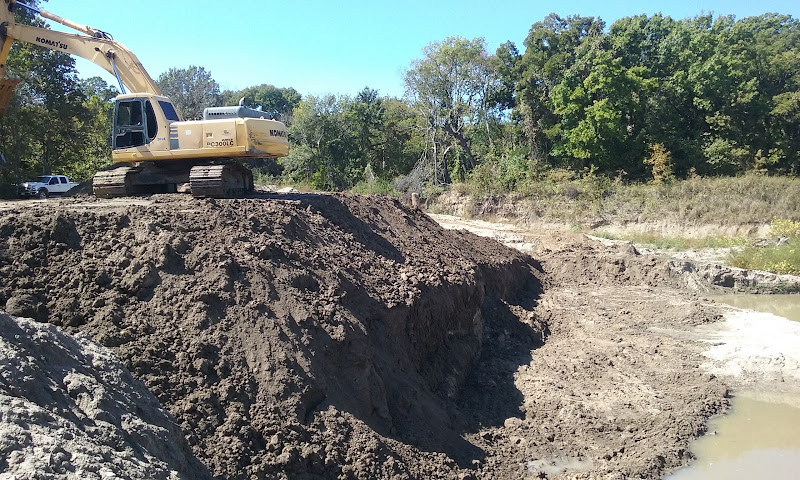Transforming Your Lawn
To achieve a lush and healthy lawn, topsoil and reseeding play vital roles. By understanding the importance of these practices and the benefits they bring, you can transform your lawn into a beautiful outdoor space.
The Importance of Topsoil and Reseeding
Topsoil acts as a foundation for your lawn, providing essential nutrients and creating an optimal environment for healthy grass growth. Over time, the existing topsoil in your lawn may become depleted or compacted, hindering the growth of grass and other plants. Adding a layer of fresh topsoil can rejuvenate the soil, allowing it to support healthy root development and nutrient absorption.
Reseeding, on the other hand, helps to fill in bare patches and thin areas in your lawn. As grass ages and endures wear and tear, it may become thin, leading to unsightly bare spots. By reseeding these areas, you can encourage new grass growth and restore the density and vibrancy of your lawn.
Benefits of Adding Topsoil and Reseeding
Adding topsoil and reseeding your lawn offer a multitude of benefits, including:
- Improved Nutrient Availability: Fresh topsoil provides a rich source of essential nutrients that promote healthy grass growth. These nutrients include nitrogen, phosphorus, potassium, and various micronutrients. With increased nutrient availability, your lawn can thrive and maintain its lush appearance.
- Enhanced Soil Structure: Over time, soil compaction can occur due to foot traffic, heavy machinery, or environmental factors. This compacted soil restricts the movement of air, water, and nutrients, hindering grass growth. By adding topsoil, you can improve soil structure, allowing for better drainage, root penetration, and nutrient absorption.
- Increased Moisture Retention: Topsoil acts as a sponge, helping your lawn retain moisture. It prevents excessive evaporation and allows the grass roots to access water more effectively. This is especially beneficial during dry periods or in regions with limited rainfall.
- Filling Bare Spots: Reseeding bare spots with fresh grass seeds helps to fill in gaps and create a more uniform and visually appealing lawn. The new grass growth also helps to prevent weed invasion, as the dense grass cover limits weed germination and growth.
By incorporating topsoil and reseeding into your lawn care routine, you can revitalize your lawn and create an inviting outdoor space. Remember to choose high-quality topsoil and select grass seed varieties suitable for your climate and soil conditions. For more information on topsoil and related topics, check out our article on what is topsoil used for?
Can I Put Topsoil Over Grass?
If you’re looking to rejuvenate your lawn, you may be wondering if it’s possible to put topsoil over existing grass. The process of adding topsoil to your lawn, known as topdressing, can be beneficial for improving soil quality and promoting healthy growth. Let’s explore the process of topdressing with topsoil and considerations for applying topsoil over grass.
The Process of Topdressing with Topsoil
Topdressing involves spreading a layer of topsoil over your existing grass to improve the soil structure and provide essential nutrients. Here’s a step-by-step guide on how to topdress your lawn:
- Assess your lawn: Before topdressing, evaluate the condition of your lawn. Look for areas with thin or patchy grass, compacted soil, or uneven terrain.
- Prepare the topsoil: Choose a high-quality topsoil that is well-screened and free from contaminants. The amount of topsoil needed will depend on the size of your lawn and the desired thickness of the topdressing layer. For guidance on how much topsoil you may require, check out our article on how much topsoil do I need?
- Mow the grass: Trim your lawn to a short height to make it easier to apply the topsoil evenly.
- Spread the topsoil: Using a shovel or topdressing spreader, apply a thin and even layer of topsoil over the grass. Aim for a thickness of about ¼ to ½ inch.
- Smooth and level the topsoil: Use the back of a rake or a lawn leveling tool to distribute and level the topsoil evenly across the lawn. Take care not to bury the existing grass entirely.
- Water and care for the lawn: After topdressing, water your lawn thoroughly to help the topsoil settle and make contact with the existing soil. Continue to water regularly, ensuring that the soil remains consistently moist. Follow proper lawn care practices, such as regular mowing, fertilizing, and weed control, for optimal growth.
Considerations for Applying Topsoil over Grass
While topdressing with topsoil can be beneficial, there are a few considerations to keep in mind:
- Grass health: Topdressing is most effective when the existing grass is healthy and actively growing. If your lawn has extensive weed infestations, diseases, or bare spots, it’s advisable to address these issues before topdressing.
- Thickness of topsoil: Applying too thick of a layer of topsoil can suffocate the grass and hinder its ability to receive sunlight and oxygen. Aim for a thin layer to avoid smothering the grass.
- Compatibility with grass type: Different grass types have varying tolerance levels for topdressing. Research the specific grass type in your lawn to ensure it can handle the topdressing process.
- Timing: It’s best to topdress during the growing season when the grass is actively growing and can recover quickly from the disturbance.
By following the proper process and considering these factors, you can successfully apply topsoil over grass and improve the overall health and appearance of your lawn. For additional information on topsoil and related topics, check out our articles on where to buy topsoil in bulk near me? and what is topsoil used for?.
Reseeding for a Lush Lawn
To achieve a lush and vibrant lawn, reseeding plays a crucial role in promoting healthy grass growth. Whether you have bare patches or want to rejuvenate your entire lawn, understanding when to reseed and the steps involved is essential.
When to Reseed
The optimal time for reseeding your lawn depends on various factors, including the type of grass and the climate in your region. In general, the best time to reseed is during the early fall or early spring. These seasons provide favorable conditions for grass germination and establishment.
During the fall, the soil is still warm, and there is typically more rainfall, which helps the newly seeded grass to take root before winter sets in. In spring, the soil begins to warm up, and there is increased sunlight, which promotes rapid growth. By reseeding during these periods, you give your grass the best chance to grow strong and healthy.
However, it’s important to note that the specific timing may vary depending on your location and climate. Consulting with a local gardening expert or referring to a regional planting guide can provide more accurate information for your area.
Steps for Successful Reseeding
To ensure successful reseeding, follow these steps:
- Prepare the soil: Before reseeding, prepare the soil by removing any debris, weeds, or rocks. Loosen the soil with a rake or garden tiller to create a favorable environment for seed germination.
- Choose the right grass seed: Select a high-quality grass seed suitable for your region and lawn conditions. Consider factors such as shade tolerance, traffic resistance, and climate adaptability. Refer to our article on where to buy topsoil near me? for guidance on finding quality grass seed.
- Spread the seed: Using a spreader, evenly distribute the grass seed across the prepared soil. Follow the recommended seed rate provided by the manufacturer to ensure proper coverage. For larger areas, consider using a mechanical seeder for more efficient seeding.
- Rake and roll: Gently rake the seeded area to ensure good seed-to-soil contact. This helps the seeds to establish roots and prevents them from being washed away. After raking, lightly roll the area with a lawn roller to further press the seeds into the soil.
- Water thoroughly: After seeding, water the area thoroughly to moisten the soil. Keep the soil consistently moist, but avoid overwatering, as it can lead to shallow root development. Follow a watering schedule that allows the soil to dry slightly between watering sessions.
- Provide ongoing care: Maintain proper lawn care practices, including regular watering, mowing, and fertilizing. Avoid heavy foot traffic on newly seeded areas until the grass is well-established. With proper care and attention, your newly reseeded lawn will flourish into a lush and healthy carpet of green.
By reseeding your lawn at the right time and following the necessary steps, you can promote healthy grass growth and achieve the lush lawn you desire. Remember to be patient, as it may take several weeks for the new grass to fully establish. With consistent care and maintenance, your lawn will become a stunning showcase of natural beauty.
Tips for Topsoil and Reseeding
To rejuvenate your lawn and achieve a lush, healthy look, choosing the right topsoil and understanding the necessary steps for reseeding are essential. Follow these tips to ensure successful topsoil application and reseeding for a beautiful lawn.
Choosing the Right Topsoil
When it comes to selecting topsoil for your lawn, quality is key. Look for topsoil that is rich in organic matter and free from contaminants. Consider factors such as texture, nutrient content, and pH levels. The right topsoil will provide a fertile and well-draining environment for your grass to thrive.
If you’re unsure about how much topsoil you’ll need, our article on how much topsoil do I need? can help you calculate the approximate quantity required for your lawn. Additionally, check out our article on where to buy topsoil near me? to find reputable suppliers in your area.
Preparing Your Lawn for Topsoil and Reseeding
Before applying topsoil and reseeding, it’s crucial to prepare your lawn properly. Start by removing any debris, weeds, or dead grass from the area. Rake the soil to loosen it, allowing the new grass seeds to establish firm contact with the soil.
To ensure optimal results, consider conducting a soil test to determine the existing nutrient levels and pH of your soil. This information will help you adjust the soil conditions accordingly and promote healthy grass growth. For more information on soil tests and their benefits, refer to our article on what is topsoil used for?.
Caring for Your Lawn After Topsoil and Reseeding
Once you have applied topsoil and reseeded your lawn, proper care is crucial to ensure successful establishment and growth. Follow these essential tips:
- Watering: Keep the soil moist but not saturated during the initial stages. Water regularly, providing the seeds with the necessary moisture for germination. Gradually reduce watering frequency as the grass begins to establish.
- Mowing: Wait until the new grass reaches a height of approximately 3 inches before the first mowing. Set your mower to a higher cutting height to avoid stress on the new grass.
- Fertilizing: A balanced fertilizer can provide the necessary nutrients for healthy grass growth. Apply a slow-release fertilizer according to the manufacturer’s instructions, usually a few weeks after germination.
- Weed Control: Monitor your lawn for weeds and address them promptly. Hand-pull or use appropriate herbicides to prevent weed competition with the newly seeded grass.
Remember to be patient and consistent with your lawn care efforts. Over time, with proper maintenance and nurturing, your lawn will transform into a lush, vibrant space.
By following these tips for topsoil selection, preparation, and post-reseeding care, you can maximize the potential of your lawn and achieve the desired results. Enjoy the process of watching your lawn transform from bare to beautiful!





